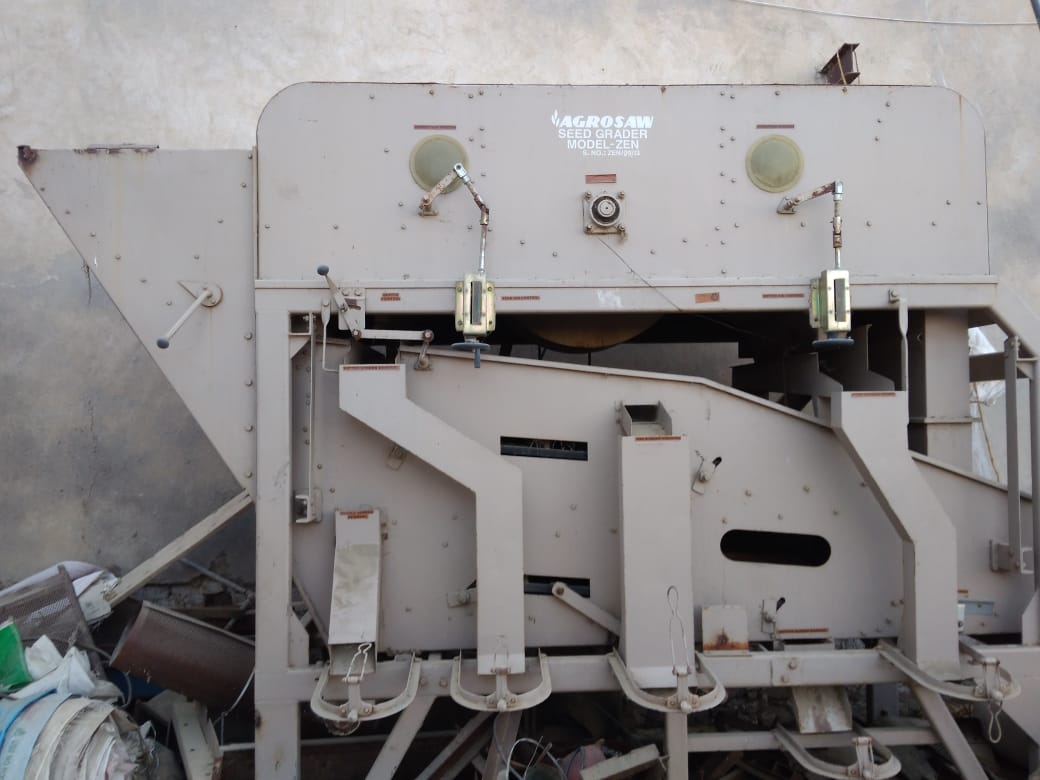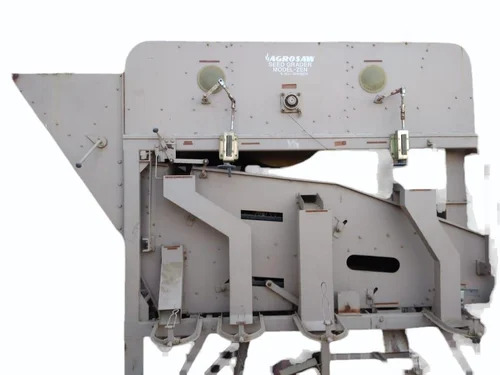Dal mill processing plant is a facility that is used to process pulses (dals) into edible products such as split dal, lentil dal, chana dal, moong dal, and other types of dals. The plant typically consists of different sections or machines for various stages of processing, such as cleaning, de-husking, splitting, grading, polishing, and packaging.
The first stage in a dal mill processing plant is cleaning. This process involves removing any foreign material, such as stones, dirt, or dust, from the raw pulses. After cleaning, the pulses are de-husked, which involves removing the outer shell of the pulse.
The next stage is splitting, where the de-husked pulse is split into two halves. This process can be done manually or by using a dal splitting machine, which is a mechanical device that splits the pulse into halves. The split pulse is then graded, which involves sorting the pulse into different sizes based on the size and shape of the split dal.
Once the grading is done, the split dal is polished, which is a process that removes any remaining husk or skin on the pulse. Polishing improves the appearance and texture of the dal. After polishing, the dal is ready for packaging, and it is packed into bags or containers for distribution and sale.
Modern dal mill processing plants may also include additional stages or machines, such as color sorting machines, which remove any discolored or defective pulses, and electronic weighing and packaging machines, which automate the packaging process.
Dal mill processing plants are commonly used in India, Pakistan, and other countries where pulses are a staple food. They play a critical role in providing affordable, nutritious, and high-quality food products to consumers
Dealing in Moong Dal Plant, Chana Dal Plant, Arhar Dal Plant, Masoor Dal Plant, Mooth Dal Plant, Chawala Dal Plant, Gotta Dal Plant.



